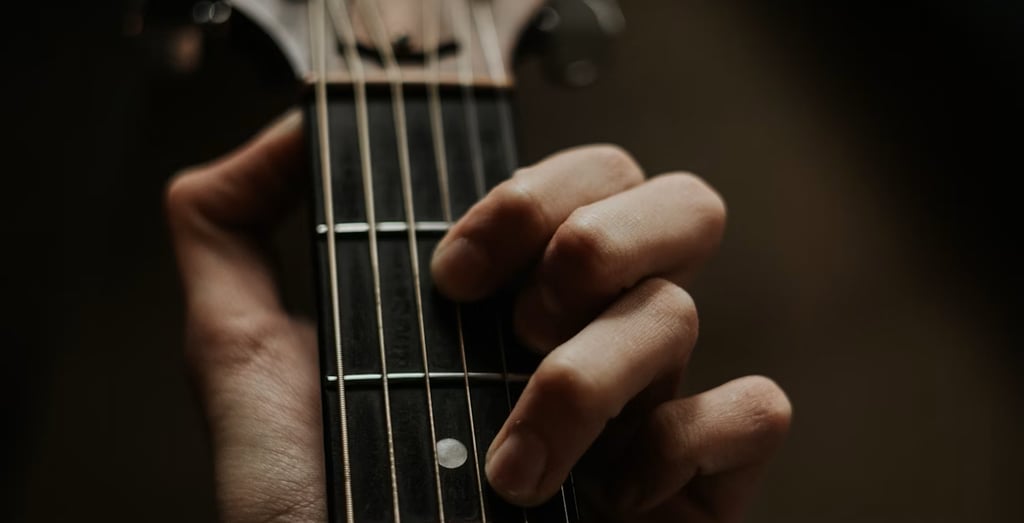Can Technology Teach Emotion in Music?
Why emotion in electronic music still starts with you — even in the age of AI and automation.
EXPLORETECHNOLOGY
Servo Sapiens


So you’re diving into electronic music production — maybe you've opened up Ableton, FL Studio, or Logic, laid down your first beat, and thought:
“Cool… but how do I make this feel emotional?”
That’s a great question. Electronic music often gets labeled as “mechanical” or “cold,” but if you’ve ever cried to a synth pad or danced your heart out to a drop, you know that’s not true.
But here’s something worth asking:
Can technology actually teach us how to make music that feels emotional?
Let’s break it down.
What Is Emotion in Music?
Emotion isn’t just about melody or lyrics — it’s in the expression. It’s the tiny changes in timing, volume, pitch, and space that make music feel alive. In traditional music, that might be a pianist playing a little softer to show sadness, or a singer adding vibrato to show vulnerability.
In electronic music, it might be:
Automating the filter on a pad to slowly open up
Nudging hi-hats slightly off-grid to feel more human
Adding reverb to create space and mood
These are subtle things — but they’re where the emotion lives.
What Tech Can Teach You
The good news? Technology can definitely help you get more expressive.
MIDI controllers with velocity sensitivity respond to how hard you hit the pads or keys — softer hits = gentler sounds.
Automation lets you make your synths “breathe,” your drums “push,” and your drops build emotion.
Plugins and AI tools (like iZotope’s assistants or mastering helpers) can suggest mix changes to improve clarity and dynamics.
Some DAWs even offer “humanize” features that slightly randomize your MIDI notes to sound more natural.
All of this tech is there to help you shape your sound — and that’s exciting.
But Can It Teach Feel?
Here’s where it gets real: no plugin can tell you what you’re trying to say.
Emotion comes from you — your memories, your mood, your taste. A plugin can suggest “slow fade here,” but it’s up to you to decide if that matches the vibe you’re after.
Think of tech as your toolbox. It’s full of awesome tools like EQs, synths, envelopes, and compressors. But only you know what emotion you're trying to build.
So How Do You Learn Emotion in Electronic Music?
Here are a few beginner-friendly tips:
🎧 1. Listen Actively
Choose a song you love. Ask yourself:
Why does this moment feel emotional?
What’s happening with the sounds?
Is it the timing? The layering? The silence?
🎹 2. Experiment With Expression
Try:
Turning off the grid and placing notes manually
Automating the volume or cutoff on a synth line
Playing something live with a MIDI keyboard instead of drawing it in
Even tiny changes can make a big emotional difference.
🤖 3. Use Technology As a Guide
Try tools like:
Scaler or Orb Producer for chord ideas
iZotope Neutron for dynamic shaping
MIDI effects to add randomness or groove
Let them inspire you — but don’t let them make all the decisions.
Final Thought
Technology can absolutely help you learn how music becomes emotional. It can show you the patterns, suggest dynamics, and help you hear the difference.
But true feel — that comes from you.
It’s not about being a pro. It’s about asking:
“What am I trying to say with this sound?”
When you start there, everything else — the plugins, the synths, the DAW — becomes a tool to express your heart.
© Servo Sapiens 2025. All rights reserved.